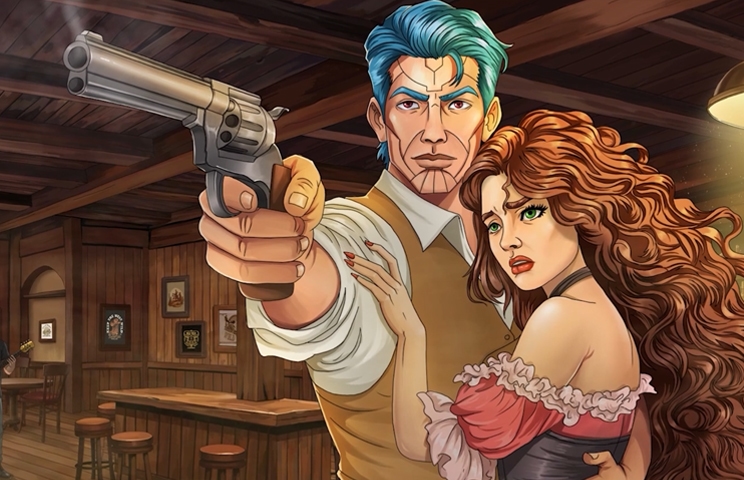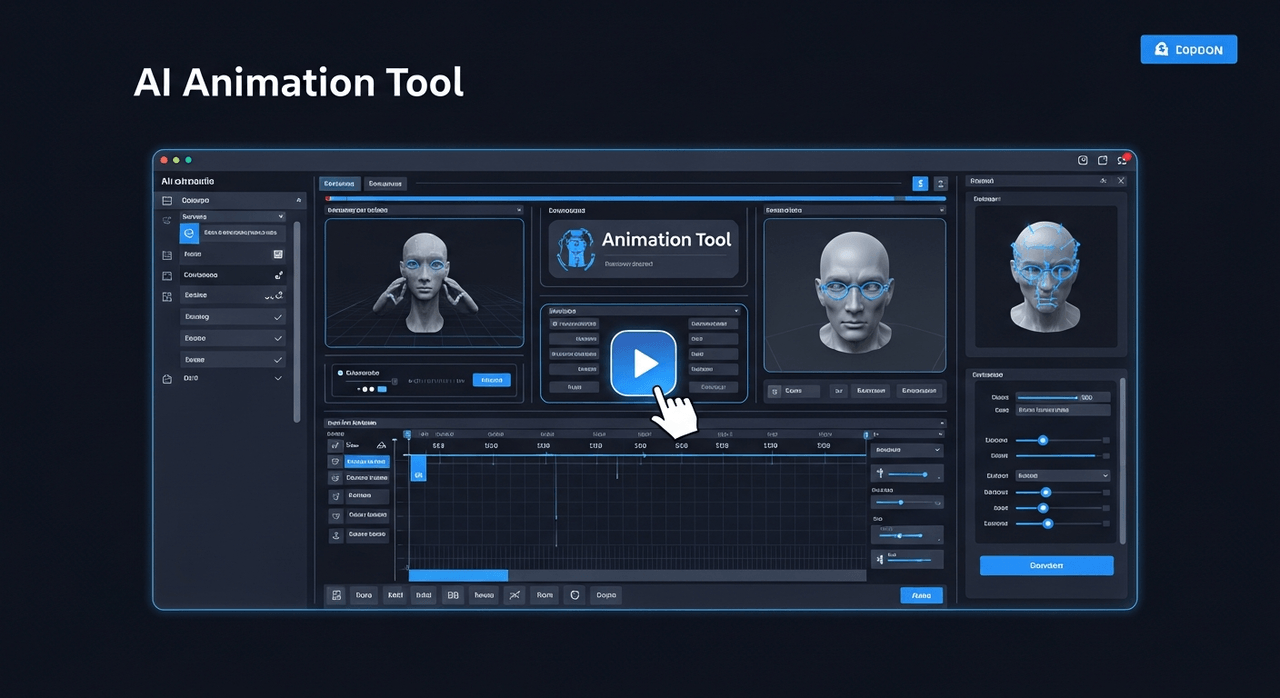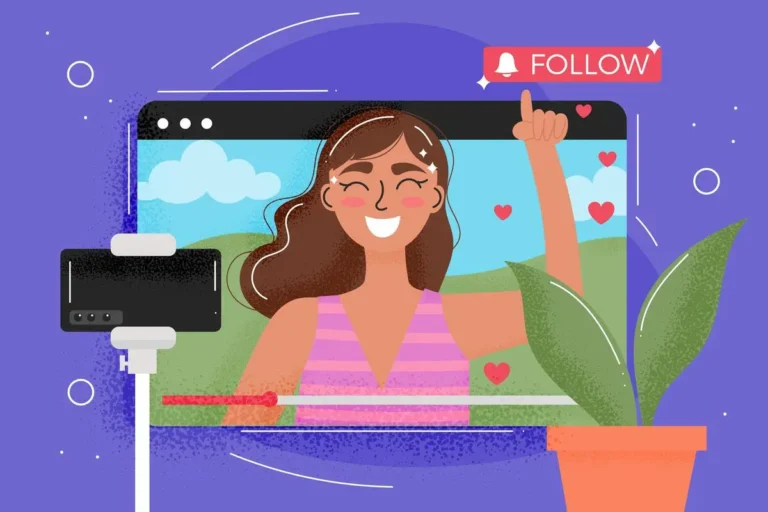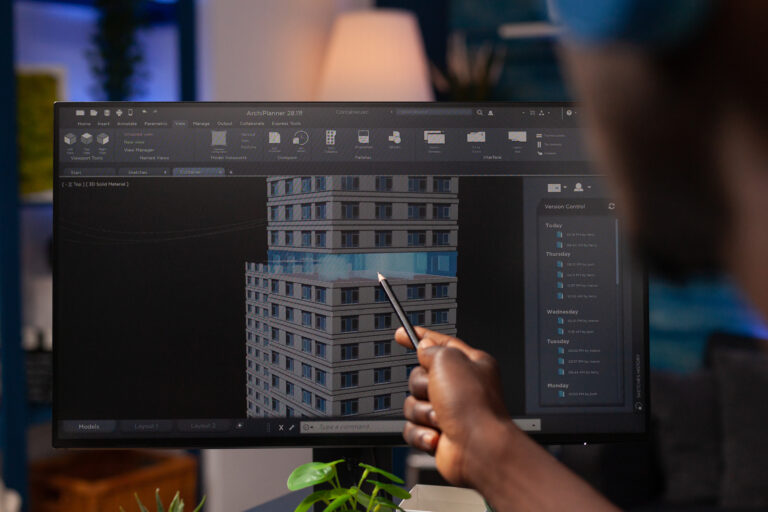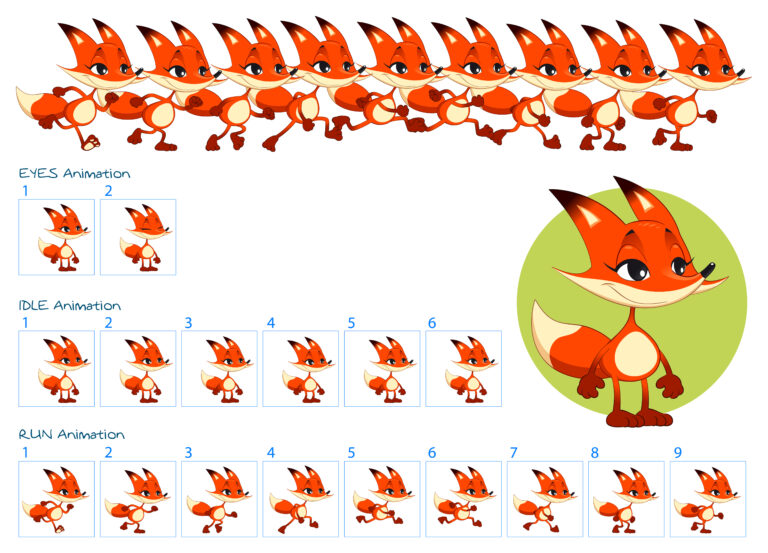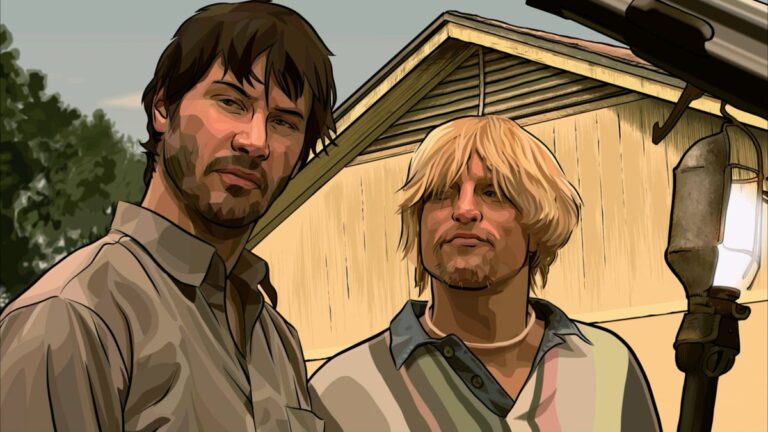Animation is definitely awesome when it comes to marketing. Think about how often you scroll past monotonous ads and stop to look at something bright and moving. That’s a pretty cool animation! We naturally notice movement, which is why cartoon content stands out from other digital content without even trying. Plus, commercial animations are easy for everyone to understand; kids, teens, and even your grandparents. Even better, it’s less expensive than making real movies with players and settings, even when you count the cost of editing, reshoots, or commercial animation services.
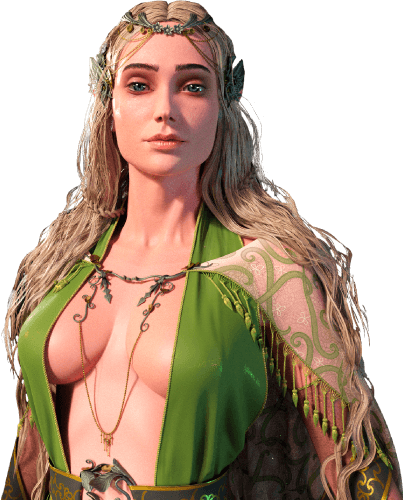
Need Animation Services?
Visit our Animation Service page to see how we can help bring your ideas to life!
14 Reasons Why Use Animation Videos For Marketing?
Animation videos are marketing gold, and I’m honestly surprised more brands don’t use them! Now is the time to see why brands use animation and why animation is perfect for marketing.
1- Animation Breaks Down Complex Ideas
Animation is a great way to explain things that are tough to understand. Let’s be honest: no one wants to read a 20-page instruction or listen to a boring lesson.
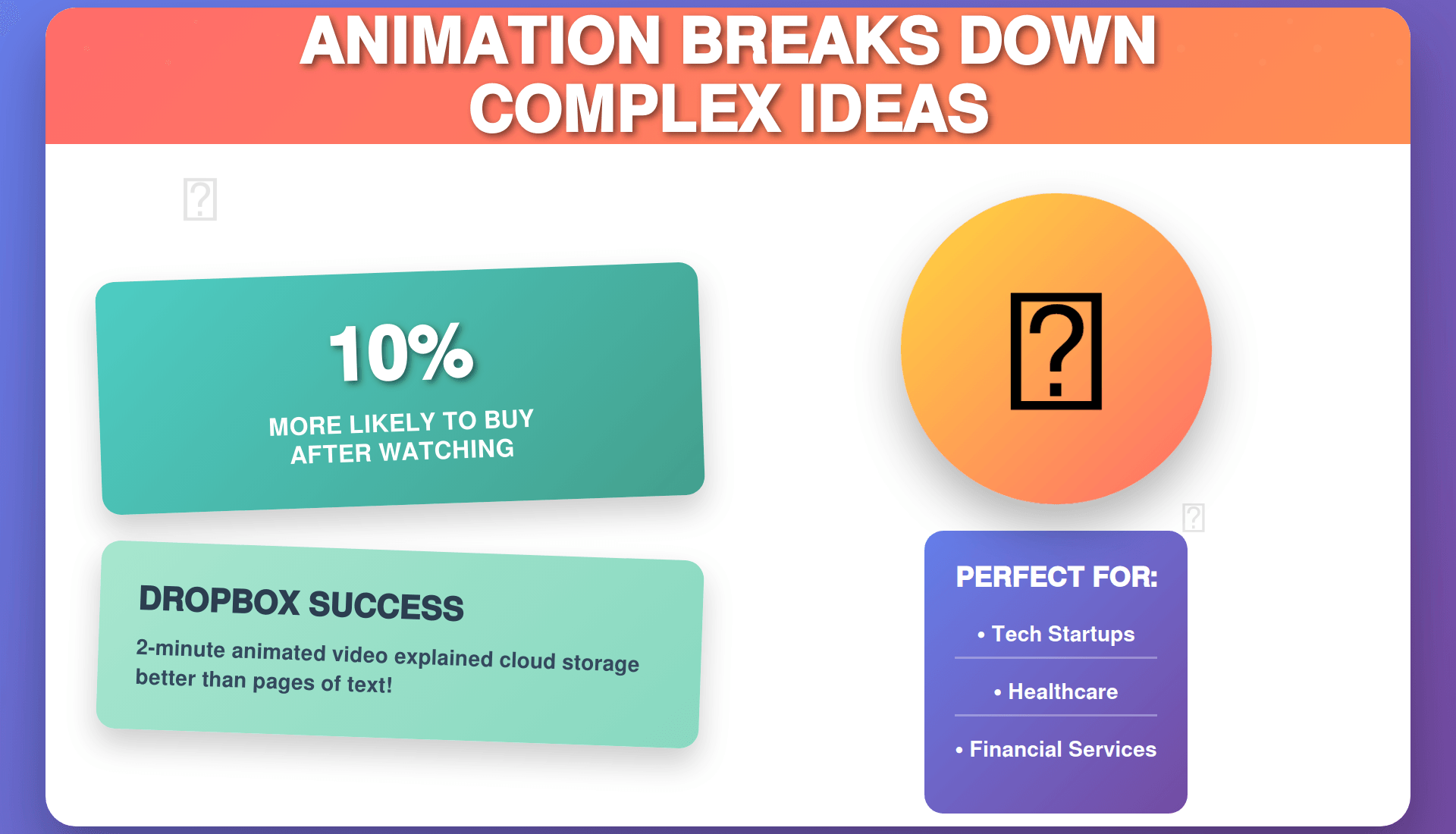
Like, when Dropbox first came out, many people didn’t understand what cloud storage meant. So, they made a two-minute cartoon movie in which files seem to suddenly move from one device to another. That easy video made people 10% more likely to buy because they finally got what Dropbox did.
The same thing happened when IBM had to explain AI to businesspeople. Their video explanation broke down machine learning into easy-to-understand pictures that everyone could understand right away.
Where animation crushes complexity:
- Tech startups explaining new apps
- Healthcare explaining treatments
- Financial services are making investment talk actually interesting
2- Story Time Just Got Better With Animation
We’re all naturally interested in stories that are captivating; that’s why storytelling in animation is so important. Animation doesn’t just tell stories; it adds eye-catching visuals that make you say “Wow!” You know what, cool images and an interesting story are the best ways to sell something.
Take Spotify’s animation explainer videos. They used a story about music “finding its way” to users to simplify the idea of music streaming algorithms. User interaction went up by 30% thanks to their bright graphics that showed music moving between people. Explainer videos are great for demonstrating the values and ideas behind the provided service. They include 3D explainer videos and other styles.
Another example is Duolingo’s cartoon owl mascot. That little green figure is so well-known that people feel emotionally connected to it.
3- Animation Sticks in Your Brain When Text Just Doesn’t
Our brains are pretty lazy. They filter out most stuff we see daily, but animation crashes through that filter like the Kool-Aid Man through a wall.
The brain science is crystal clear:
| What People Do | What They Remember |
| Reading boring text | A measly 10% (yikes!) |
| Watching cool videos | A whopping 95% (jackpot!) |
| Animation with story + emotion | Off-the-charts retention! |
Why does your brain love animation so much? It’s not complicated:
- Multiple senses get tickled at once: Animation hits your eyes and ears together, which creates stronger memory connections.
- Feelings = Memories: When animation makes you laugh or go “aww,” that emotion stamps the message into your brain.
- Our brains are wired for movement: We’re literally built to notice and remember things that move.
People who watched animated tutorials on Mailchimp’s email platform remembered the steps 86% better than those who just read the instructions. That’s not a small difference; that’s the difference between “I get it” and “I’m totally lost.”
And Old Spice’s crazy animated ads didn’t just get views; they increased sales by 27% because people remembered the brand when they went shopping!
4- Animation Won’t Break The Bank
Let’s talk money. We all want marketing that works without costing an arm and a leg, right? Animation delivers exactly that! It’s the budget-friendly option that still looks like a million bucks on screen.

When you compare the costs, animation often comes out as the clear winner:
- No expensive film crews: Forget hiring 20+ people, renting equipment, and catering for everyone
- No location fees: Your animated video can take place anywhere without paying for permits or travel
- No weather delays: Rain or shine, your animation schedule stays on track (and on budget!)
A good live-action commercial can easily cost between $10,000 and $50,000 per minute, while a good animated commercial could cost between $5,000 and $15,000 for the same amount of time. Honda saved about 40% on their 50th anniversary campaign when they went with animation instead of live action with famous people and fancy cars.
Best of all, animated content keeps giving:
- Easy to update (just change what needs changing, not reshoot everything)
- Longer shelf life (doesn’t look dated as quickly as fashion/hairstyles in live video)
- More reusable elements (characters and scenes can appear in multiple videos)
5- Your Eyes Go Straight To Your Memory With Animation
Our brains absolutely love visuals. Animation takes advantage of this brain superpower to make your marketing stick. People remember 65% of what they read as text after three days, but only 10% of what they read as text.

The Visual Fast Lane:
- Lightning-speed processing: Your brain processes visuals 60,000 times faster than text (that’s not a typo!)
- Instant memory creation: Even just one second of animation can create a lasting memory
- Higher retention rates: Visual information sticks around in your brain way longer than text
6- The Simple Style That Packs A Punch
Watching someone draw while they talk about something is strangely fulfilling. That exact feeling can be turned into marketing gold with whiteboard animation.
Most of the time, 15% more people finish whiteboard cartoons than other types of videos. When Salesforce used whiteboard animation to show how their CRM system worked, people watched the whole thing, which increased the number of people who finished training by 40%.
Where whiteboard animations shine brightest:
- Educational content
- Process explanations
- Financial services
7- Animated Characters Become Your Brand’s BFFs
The most powerful brands don’t just have logos since they have characters we know and love. Through character animation, create brand mascots that stick in people’s heads and hearts forever.
Duolingo’s green owl mascot helped them achieve a 34% higher retention rate than competitors because users feel like they’re letting down a friend if they skip lessons! And the M&M characters have been driving chocolate sales for decades. These two examples show how a killer brand mascot can benefit marketing strategies.
Best parts about brand mascots:
- They can speak directly to customers (unlike a logo)
- They can show emotions that represent your brand values
- They can evolve while maintaining recognition (just look at how the Geico gecko has changed!)
And, consistency. When you use the same animated characters across all marketing channels, you’re building a friend your customers recognize everywhere they go.
8- Social Media Loves Animation
Social media platforms want to keep users scrolling, so they reward content that grabs attention. Animation does exactly that:
- Longer watch time: People watch animated videos 2-3 times longer than static posts
- Higher engagement rates: Animated posts get 48% more shares than regular images
- Better completion rates: Viewers finish animated videos more often (which algorithms love!)
The system behind Facebook especially rewards video material that keeps people watching. According to the data they keep, cartoon movies that are less than 15 seconds get the most views and can reach up to 20% more people than plain pictures with the same cost on ads.
How to make algorithms love your animation:
- Keep videos short (30-60 seconds max for most platforms): TikTok videos under 15 seconds get 67% more engagement
- Add captions: Facebook reports 85% of videos are watched without sound
- Use bright colors and movement in the first 3 seconds: Instagram data shows viewers decide whether to keep watching in just 2.3 seconds
9- The B2B Secret Weapon
Selling business software or industrial equipment isn’t exactly thrilling stuff. But animation changes the game for B2B marketing by making the boring parts interesting!
Why B2B and animation are perfect partners:
- Complex becomes simple: Turn 50-page technical manuals into 2-minute videos
- Professional stays professional: Keep a serious business tone while adding visual interest
Salesforce used cartoon movies instead of text-based answers to get business clients 4 times more interested in their CRM tool.
B2B animation sweet spots:
| B2B Animation Sweet Spots | Real-World Impact |
| SaaS product demonstrations | HubSpot’s animated tutorials reduced support tickets |
| Supply chain or workflow explanations | IBM’s animated supply chain videos cut meeting time |
| Technical specification highlights | Adobe’s feature animations increased feature adoption |
| Company onboarding materials | Microsoft’s animated onboarding reduced training time |
10- Building Your Visual Brand Signature
When people see your animation style as a 2D animator or a 3D animator, they should think of your brand right away; no logo needed! Consistent animation creates a visual signature that’s just as powerful as your logo.
How animation builds brand recognition:
- Color palette: Using the same colors across all animations
- Character style: Consistent character design
- Motion patterns: The way things move becomes part of your brand identity
Apple’s simple, clean animation style is so distinctive that people recognize their ads within seconds, even without seeing the logo!
Building your animation brand signature:
- Create a simple animation style guide (just like your brand guide)
- Define your brand’s “motion personality” (smooth and elegant? quick and energetic?)
- Use consistent transition styles between scenes
- Keep your character design system unified across all marketing
11- Everyone Loves Animation
Animated movies are great because they can connect with a lot of people. Your sister is 5 years old? Yes. Your teen son? Of course. Your boss? Even them!
- For the little ones: Bright, bouncy cartoons
- For teens and young adults: Cool, modern motion graphics
- For grown-ups: Clean, professional animation styles
- For seniors: Simple, clear animations
Take a look at how well Disney and Pixar do in this game. The Disney Pixar merger set the stage for a creative powerhouse that makes movies with fun physical comedy for kids and smart jokes for adults. That’s smart, right? Family groups go to the movies with them because their movies speak to people of all ages.
Best animations for different crowds:
- 3D animation: Teens and young adults
- Hand-drawn style: Creative animation types and millennials
- Stop-motion: Craft-lovers and older people
- Motion graphics: Business people
12- Paint Your Brand Story with Purpose
By using the right color theory and following the animation principles, animators can mess with people’s heads! In a good way, though. Animation gives you total control over colors, so you can trigger exactly the feelings you want.
With animation, you can:
- Hit the emotional buttons: Warm colors make people feel happy and friendly (oranges, yellows, light reds)
- Make important stuff pop: Bright colors naturally catch the eye (neon green, electric blue, vibrant purple)
- Stick in people’s minds: Use your brand colors consistently, and people remember you (Coca-Cola red, Facebook blue, Spotify green)
- Get more clicks: Some colors actually make people more likely to hit that button! (orange, red, bright green)
Color tricks that actually work:
- Blue = Trust (That’s why banks and PayPal love it in their animations)
- Red = Energy and urgency (Netflix and YouTube know what they’re doing)
- Green = Healthy and growing (Perfect for fitness apps and food brands)
- Yellow = Happy and clear (Makes instructions super easy to follow)
- Purple = Fancy and creative (Great for luxury brands)
13- One Animation, Many Platforms
Making different content for every single platform is a massive pain! Animation for social media fixes this headache by easily changing shape and size without looking terrible.
With animation, you can:
- Change the shape easily: Turn wide videos into tall or square ones without starting over
- Look good everywhere: Stay crisp from tiny phone screens to massive billboards
- Make it shorter or longer: Quickly create different lengths for different platforms
- Keep your style consistent: Look like the same brand everywhere your audience hangs out
Headspace (you know, the meditation app) made one animated campaign and then tweaked it for eight different platforms. They saved over $120,000 compared to filming separate videos for each place.
Quick platform tweaks:
- Instagram Stories: Go tall (9:16) and add more text
- YouTube: Go wide (16:9) with longer, story-type animations
- LinkedIn: Square format (1:1) with professional-looking stuff
- TikTok: Tall format with super fast, eye-catching animation (you have 2 seconds before they scroll)
14- Using Visual Shortcuts for Big Ideas
Some thoughts are just too hard to put into words. For example, animation uses visual shortcuts—simple pictures that quickly explain big ideas—to make hard things very easy to understand.
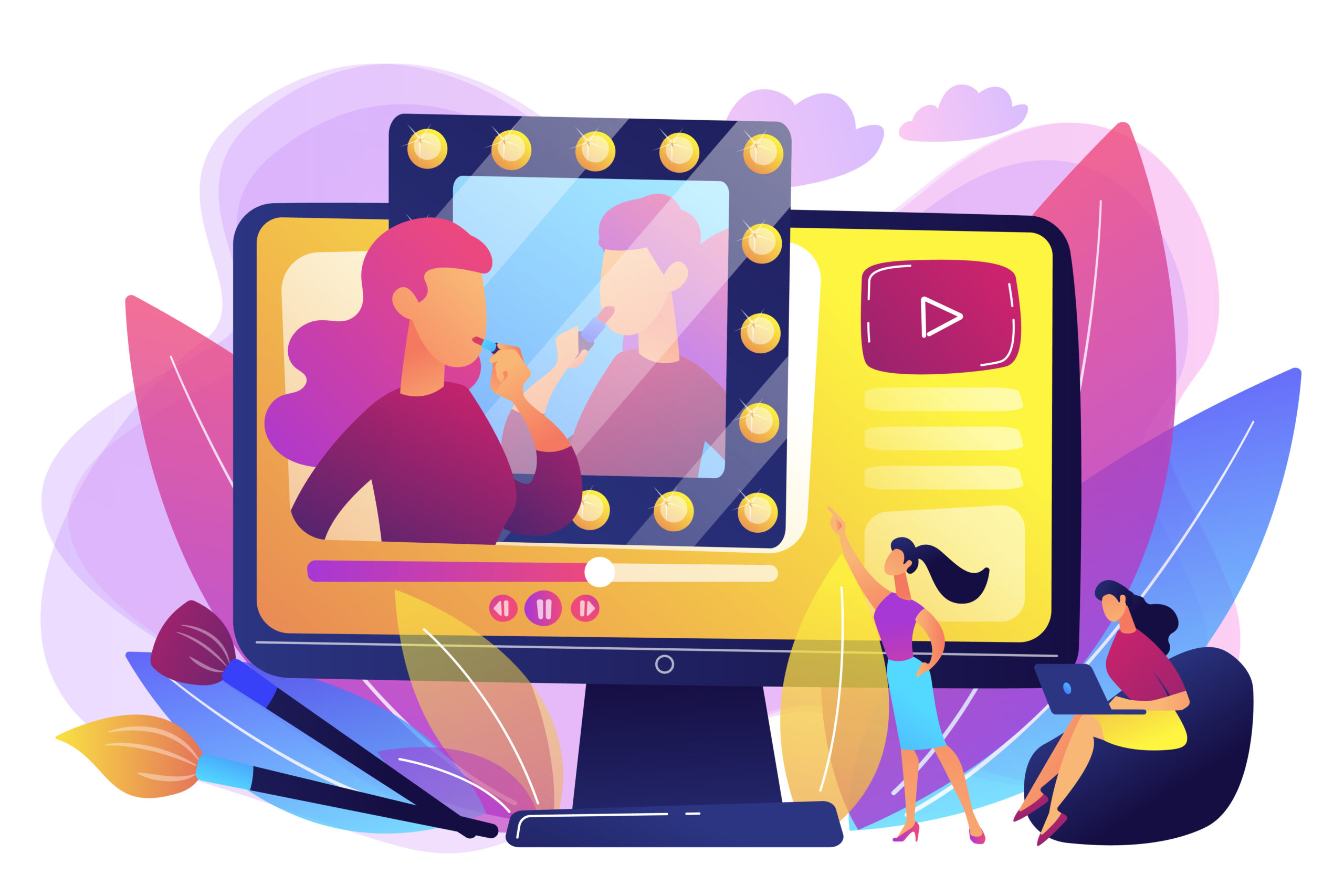
When used in animation, visual shortcuts can:
- Show invisible stuff: How does cloud storage work? Show files floating into clouds!
- Connect ideas visually: Draw lines between related concepts so they make sense instantly
- Give shape to abstract ideas: What does “security” look like? A shield or lock!
- Make numbers exciting: Turn boring statistics into visual comparisons people actually care about
Visual shortcuts that click instantly:
- Growing plants for progress (Spotify shows music recommendations as growing vines)
- Puzzle pieces fitting together for solutions (LinkedIn nails this)
- Roads/paths for customer journeys (Amazon shows shopping as a smooth road)
- Building blocks for creating stuff (Lego uses blocks beyond just their products)
Animation Is The Ultimate Marketing Hack
Do you want to know why the biggest brands use it? Because it really does work! A lot of banking companies use blue to make themselves look trustworthy, which is an example of how animation uses color psychology. Or how fast food places use red to get you hungry? And speaking of remembering, 95% of what people see in movies they remember, but only 10% of what they read. That’s really big! You can also do difficult things with animation, like show how your product works underwater, in space, or inside a smartphone, without spending a lot of money. Do you need material for more than one platform?
